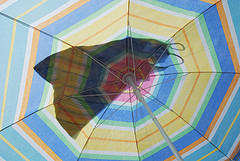Spring is a bountiful season when it comes to gardening, full of fresh fruits and vegetables that add bright flavors to your meals. If you want to take advantage of what’s in season in the springtime, these nutritious vegetables will help you get started.
- Beets. Beets have been having a moment for the past couple years, and for good reason. What used to be the skipped-over bowl in the salad bar is now a popular addition to juices, salads, and even breads and desserts.
- Asparagus. Dense with vitamins and nutrients and full of hearty flavor, asparagus is especially plentiful in the springtime.
- Spinach. Green, leafy veggies, like mild-tasting spinach, grow especially well in the spring, and they make much more nutritious bases for salads than the usual iceberg lettuce.
- Peas. Forgo canned peas in favor of fresher, more flavorful peas right from the produce aisle or farmer’s market. They’re simple to prepare and have a wide variety of uses, and peas grow rapidly all throughout the spring season.
- Artichokes. Slice them up for sandwiches or toss them in a salad. However you serve artichokes, they’re always a pleasant surprise.
- Zucchini. You’re likely bombarded with zucchini each spring from friends and neighbors with garden surpluses, but that’s never a bad thing. Zucchini is full of healthy nutrients, and its versatile consistency makes the squash a great ingredient for everything from breads to stir-fries.
What's In Season? [Oprah.com]
Spring Vegetables Slideshow [Bon Appetit]



 Equal Housing Opportunity
Equal Housing Opportunity